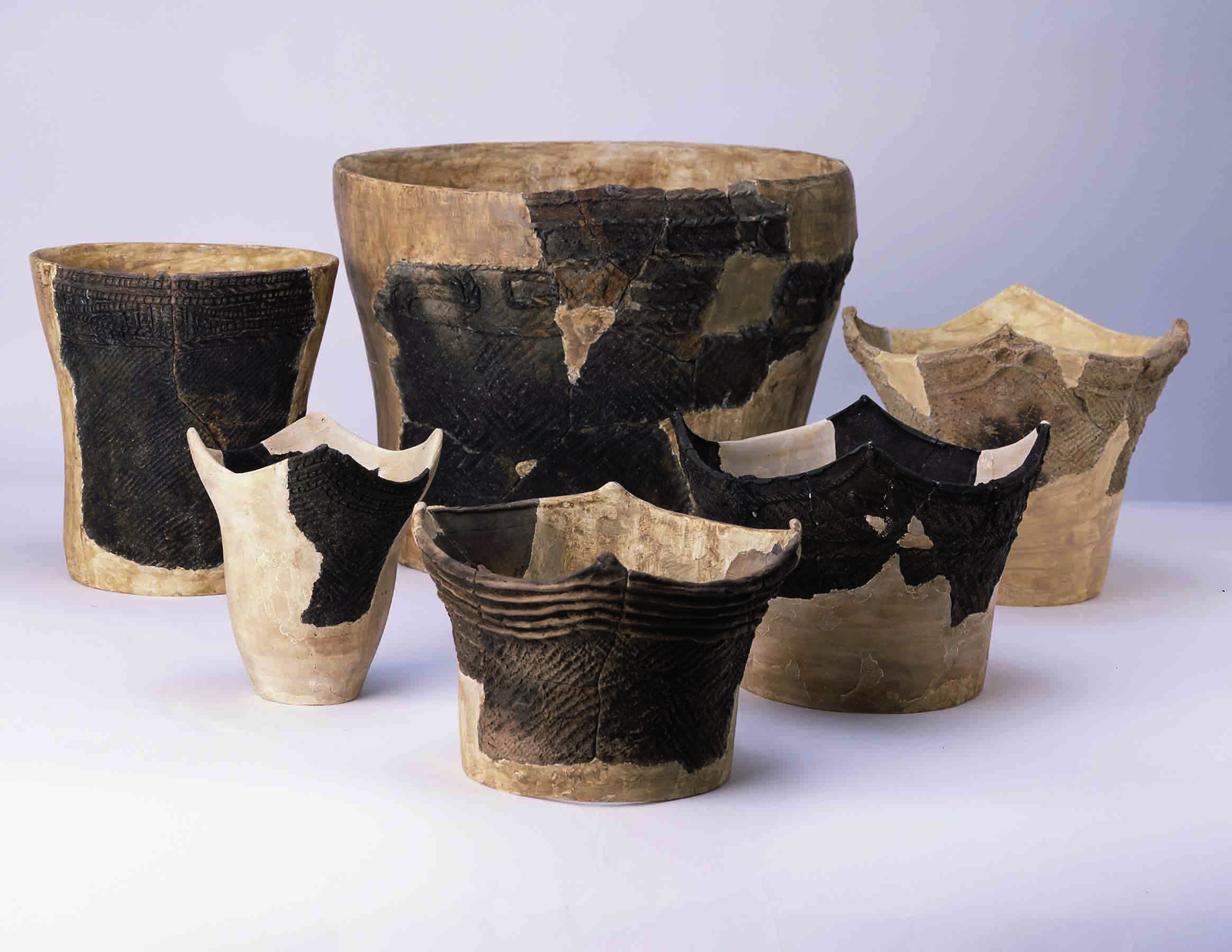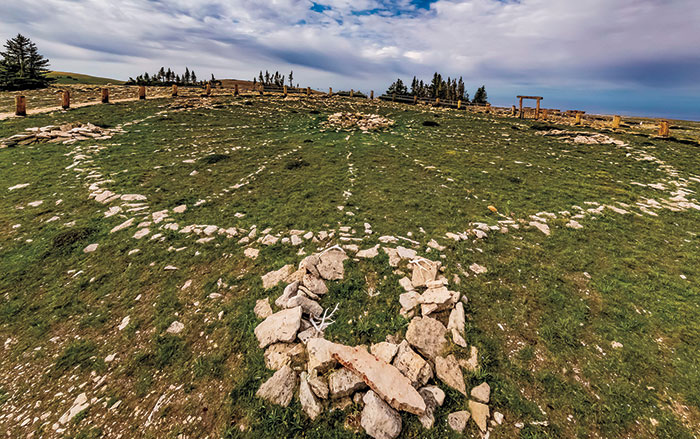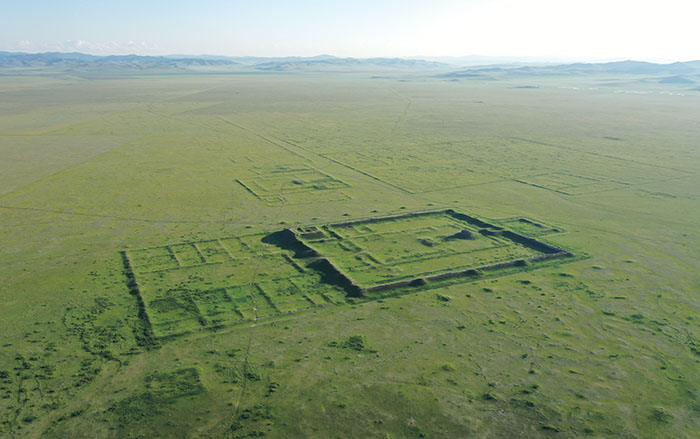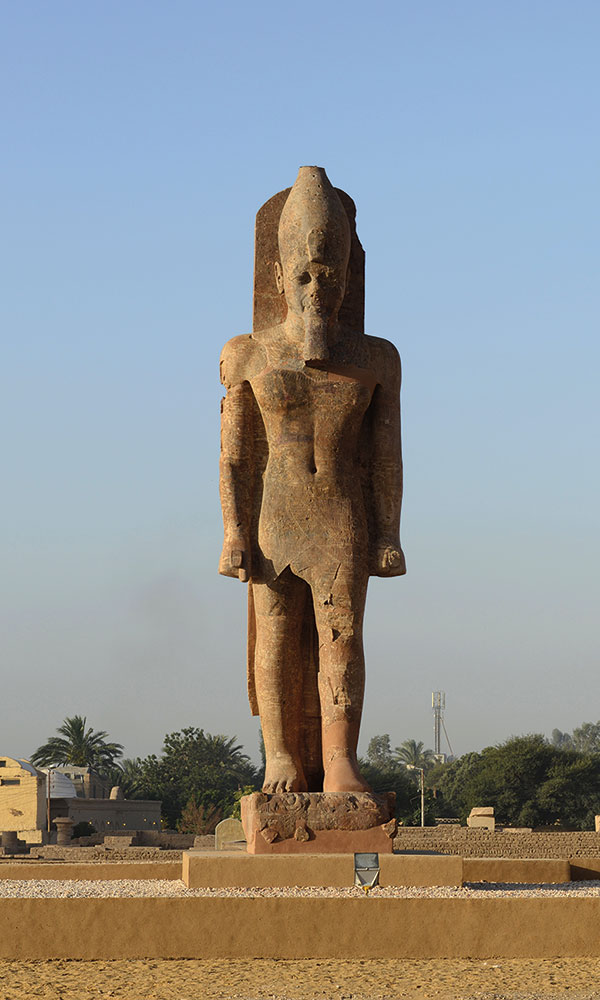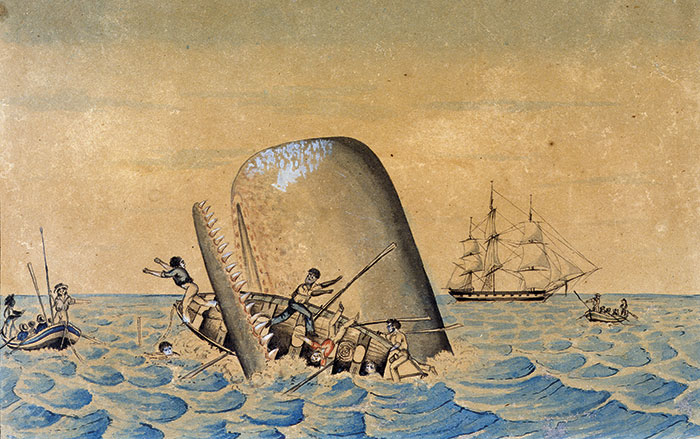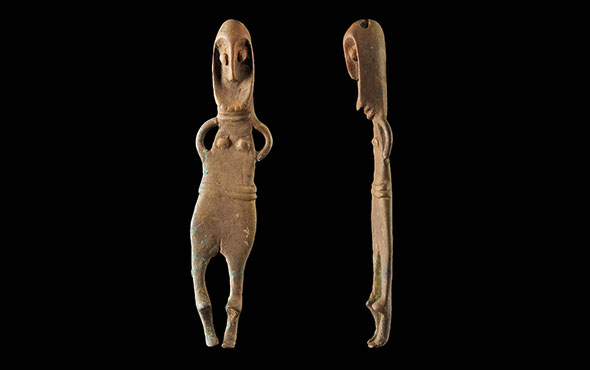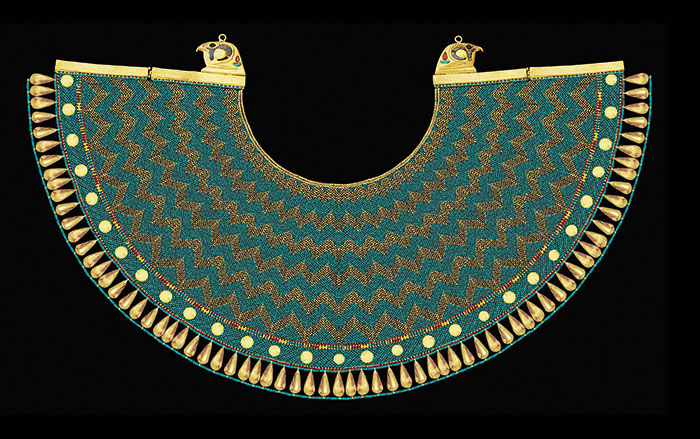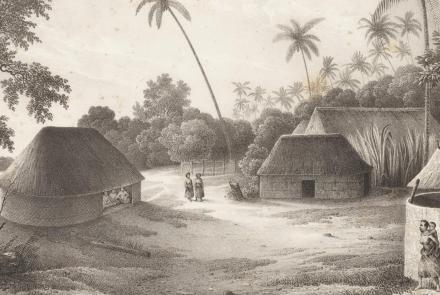
CANBERRA, AUSTRALIA—According to a statement released by Australian National University, population decline in Pacific Island nations after contact with Europeans was more severe than previously thought. Phillip Parton and Geoffrey Clark used archaeological data and aerial laser scanning of residential sites on Tongatapu, the main island of Tonga, to estimate the former population, and found that there were between 50,000 and 60,000 people living on the island prior to contact with Europeans. Over a period of about 50 years, that number dropped to just 10,000 people, Parton explained. He also checked this estimate against data collected by missionaries and traders. “Obviously, this shows a big reassessment of the impact of globalization in the nineteenth century,” he said. To read about the arrival of the Lapita people to Tonga, go to "World Roundup: Tonga."



